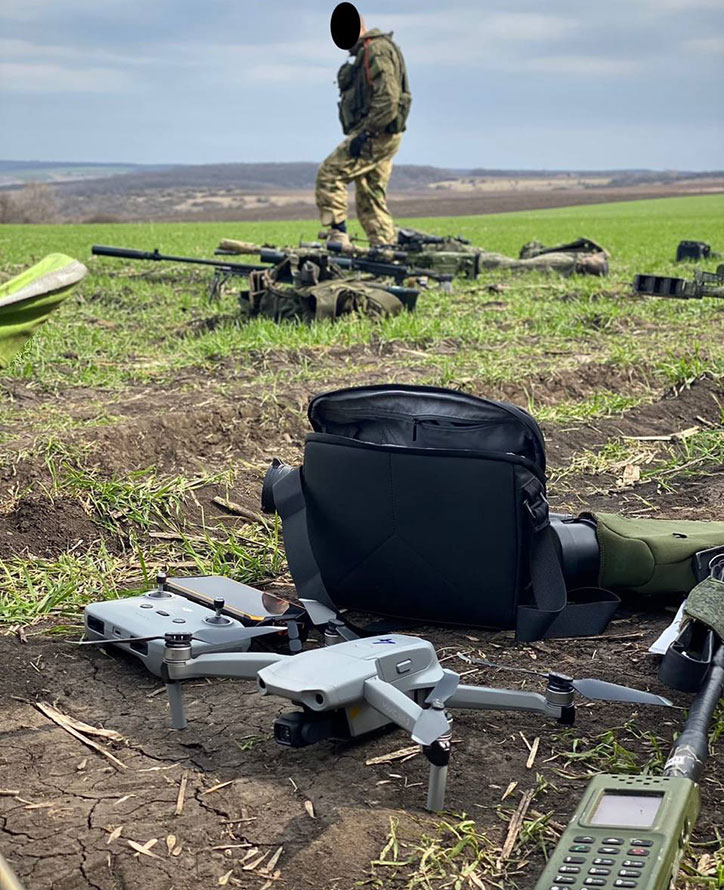Realizing they were not achieving their goals in the north, the Russian command decided to regroup its forces in the East of Ukraine to seize a land strip along the Azov and the Black Sea, an area that the Ukraine separatists that support Russia could control. The terrain in the eastern part of Ukraine is open, and the ground has dried since the winter enabling military formations to move off roads. Although most of the Ukraine army was deployed in this region, the Russian forces maintained numerical superiority.
The area is far from the Western and Southern border with Ukraine’s European neighbors, forcing the shipment of military support along long roads where they are exposed to Russian air and missile attacks. The Russian forces that moved from the north were depleted in equipment, and troops suffered low morale. These units can slowly recover and regroup into combat formations to be brought back to fighting status.
As part of this process, the Russian forces use extensive artillery fires and unmanned aerial vehicles to soften Ukrainian lines and seek the vulnerable spots where they can advance the line with minimal losses. This slow process is part of the consolidation of the Russian forces, which eventually will bring officers and troops to refresh the BTG combat techniques, and procedures and becomes more effective.
In this conflict, Russian faces a silent coalition – Ukraine in the front and the entire Western world behind it. This can escalate to a frontal confrontation between Russia and the West. Stopping this flow of weapons is a primary goal for the Russian attacks on railroad stations, bridges, and infrastructures, and attacks on airfields are also aimed at stopping the deliveries, but weapons continue to flow in and it seems the Russians have difficulties in interdicting those shipments once they leave the point of entries.
Electronic Warfare (EW) has also been employed on this front since 2014. The Ukraine army’s command, control, and communications systems were Russian-made, making Ukraine’s C4 transparent to Russian intelligence and attack. Since 2014 Ukraine has invested much effort in developing and deploying indigenous communications and C4 technologies, while the Russians did not adapt their electronic intelligence accordingly. This effort has made Ukraine’s C4 and air defenses less vulnerable to Russian exploitations. In contrast, Russian C4 remains exposed to Ukraine’s SIGINT and EW, mainly where Russians use unsecured communications and cellphones to handle crises. Compromising communications and operational security has led to a relatively high rate of casualties among senior commanders – in the ranks of colonels and generals.
The open terrain denies Ukraine the advantage of stealth, forcing them to dig into the ground, where they are equally vulnerable to Russian drones. Over the open terrain, helicopters seem to be able to fly lower and evade MANPADS more effectively, as, in such terrain, MANPADS and ATGW teams have fewer places they can hide. The Russians have gathered more experience with counter-drone techniques, scoring more successes downing Ukraine’s TB2s.

Both sides rely heavily on tactical and commercial drones to find, locate, and track enemy positions and guide artillery fires. Where laser designation is available, laser-guided artillery rounds are used, by both sides, with impressive precision and efficiency. As they did in the north, the Russians concentrated large artillery formations to bombard and soften the targets they planned to attack, whether in the open or in urban areas like Mariupol.
Other chapters in this report:




















